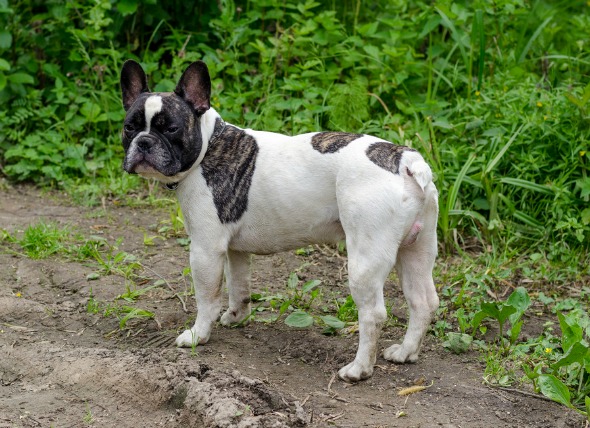What is the Parvovirus?
Canine parvovirus disease is caused by the parvovirus and found in dogs. There are two types which are the intestinal and the cardiac type. The cardiac type is not as common as the intestinal and is readily seen among pups that are younger than two months old. Dogs that are infected by the virus must as a matter of necessity be hospitalized so that they can be monitored. This hospitalization does not usually exceed five working days. However, the first three days are pretty critical in the pup’s survival. Parvovirus is only found in dogs and cannot be transmitted to humans or other species of animals such as cats. It is responsible for causing the inner layer of the intestines to slough off by attacking it. It is not restricted to just one breed of dog, therefore any dog breed can be infected by it regardless of the sex or age. But note that the mere fact that a dog gets infected does not mean it will come down with an illness. Even in this stage, it can still infect other dogs. Sometimes, other factors are actually what will trigger the breakout of the disease in the dog.
The parvovirus is not a virus that can be destroyed using heat or extreme cold. This is because it is resistant to both cold and heat; neither can it be affected by the normal disinfectants, detergents and alcohols. This is the reason they can survive anywhere as long there is a medium in which they can live. The parvovirus is usually present in large quantities in the feces of dogs and this medium is the major medium of transmission between dogs as dogs tend to sniff at another dog’s feces. This method of transmission is known as the fecal-oral transmission method and is the most common method of transmission among dogs. Besides this method of dispersal, the virus can also be spread indirectly by means of clothing etc. Its means of transmission takes about 21 days after infection and can still get dogs infected six months after it has been passed out in feces into the environment.
Signs and Symptoms
There are various signs and symptoms that your dog has the parvovirus. For the intestinal type, these are: weight loss, depression, lethargy, incessant bloody vomiting (sometimes without blood), very smelly bloody diarrhea, dehydration, and in extreme conditions, can result in shock followed by death. For the cardiac type commonly found in pups less than two months old, you have general weakness and lethargy, crying, depression, shortness of breath commonly seen as the pup struggling for breath.
Preventive Measures
Preventive measures which include cleaning the environment, the dogs’ pen and so on may not be effective as the parvovirus is a very hardy virus species that can survive in almost any environment and its mode of spread is very fast is very hard. But measures such as preventing or minimizing the contact with dogs’ stool, vaccinating the dog against the virus can have some effect. Following the recommended vaccination schedule for puppies is the best way to prevent your puppy from getting parvo.
Treatment
There is no cure for the parvovirus but the symptoms can be combated by keeping your dog hydrated until they recover on their own. It is estimated that as many of three quarters of the dogs that are treated by a vet will recover were as 75% of those not treated will not live.

 Unruly Behaviors in Dogs
Jumping, Digging, Chasing, and Stealing Behaviors in Dog
Unruly Behaviors in Dogs
Jumping, Digging, Chasing, and Stealing Behaviors in Dog
 Anemia Due to Iron Deficiency in Dogs
Anemia, Iron Deficiency in Dogs
When the bo
Anemia Due to Iron Deficiency in Dogs
Anemia, Iron Deficiency in Dogs
When the bo
 Jumping, Chewing, Playbiting, and Other Destructive Behavior Problems in Puppies, Young Dogs
Pediatric Behavior Problems in Dogs
Undesirable b
Jumping, Chewing, Playbiting, and Other Destructive Behavior Problems in Puppies, Young Dogs
Pediatric Behavior Problems in Dogs
Undesirable b
 Stomach Infection with Helicobacter in Dogs
Helicobacter Infection in Dogs
Under normal condi
Stomach Infection with Helicobacter in Dogs
Helicobacter Infection in Dogs
Under normal condi
 Enlarged Spleen in Dogs
Splenomegaly in Dogs
Splenomegaly refers to the e
Enlarged Spleen in Dogs
Splenomegaly in Dogs
Splenomegaly refers to the e